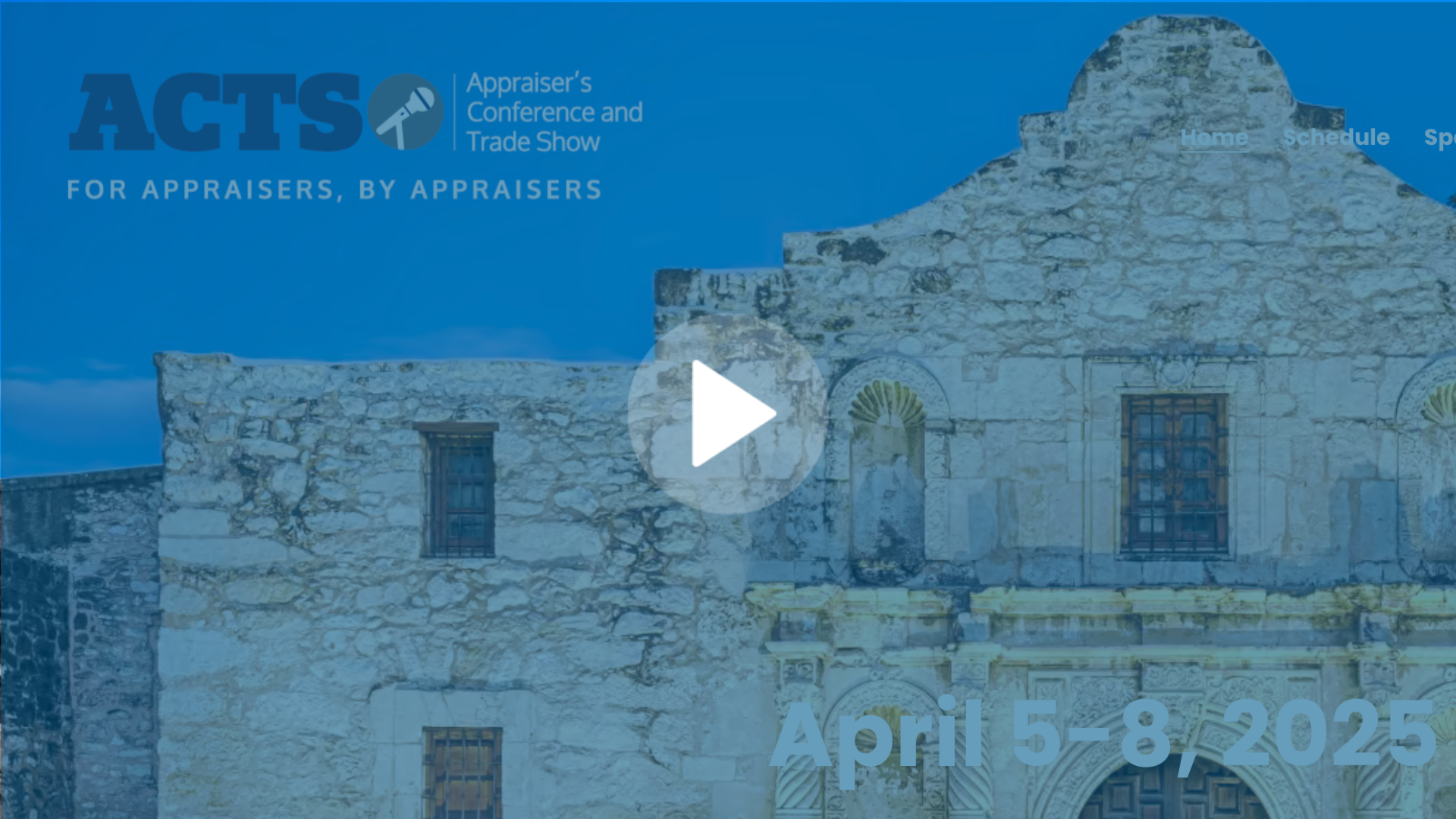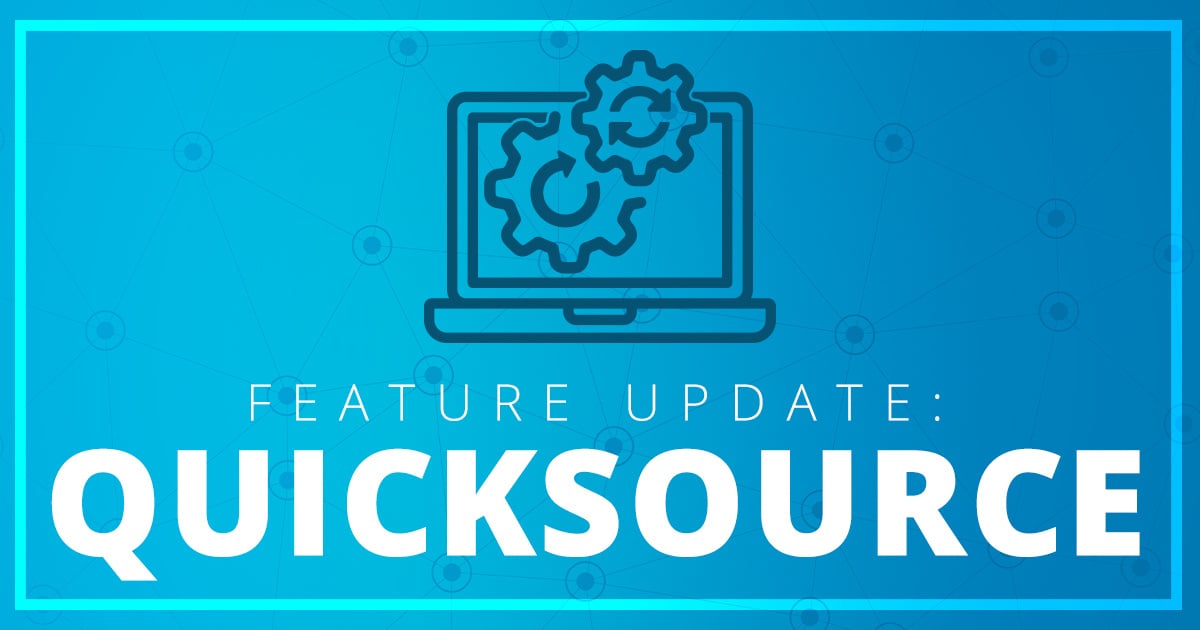Q&A Blog: Freddie Mac Session Follow-Up with Joel Baker
During our recent session with Freddie Mac, we received far more questions than we could answer during the live event. To help, I’ve compiled and answered several of the most common ones below. I’ve added context where needed for clarity. Don’t forget to join me on Jan. 7, 2025, for an interview with FNMA!
— Joel Baker/ALM

Q: How will a la mode sell this new software?
A: We’ll sell it the way we always have—it will be included with your annual contract, just like the previous UAD rollout in 2011. Current customers and users won’t have to purchase anything extra.

Q: Will an XML and PDF be produced like it currently can be?
A: Yes. Check out the sample scenarios provided by the GSEs. Appendix D-1 includes examples for the new URAR format.

Q: How many pages will the new form be, and what photos are required?
A: The length and content of reports will vary based on loan type, property characteristics, and scope. A standard 6-page URAR with addenda is no longer the norm. Photo requirements will depend on these same factors.

Q: Will old formats still be available for non-lender uses?
A: Yes, absolutely.

Q: Does a la mode have a plan to merge information from old forms into the new ones?
A: Somewhat. The data set for the new reports is largely incompatible with the older forms. This isn’t as simple as switching from a 2055 to a 1004. We’re still working on it, so stay tuned for product training updates next year.

Q: What about the “comps considered but not used” section?
A: This section isn’t meant to include all market properties or MLS listings. Instead, it’s for properties the appraiser was asked to consider by the client or seller’s agent, or ones the appraiser anticipates will come up in revision requests. Check out our latest Tech Tip to see an example.
Q: Will TOTAL provide the same tools for the new UAD?
A: Yes. Tools like QuickLists, PDF import, QuickSource, TOTAL Store integrations, and more will still be available. Our goal is to improve on the current toolset.

Q: Will appraisers be able to view the report the same way as clients?
A: It depends. The PDF version is designed to look the same for everyone, but clients who use the XML instead may see a different output that meets their needs better – depending on their software and processes.

Q: Will there be a reduction in requested commentary from lenders as we pivot away from narrative commentary?
A: Initially, yes. However, as clients build rules engines around the new enumerations, I anticipate commentary requests will increase over time.

Q: How do these valuations relate to USPAP compliance, given the automation?
A: The reports and datasets themselves aren’t USPAP-compliant—it’s the appraiser’s responsibility to ensure clarity and credibility in their work.

Q: Once a report is signed, is it secure against changes by others?
A: No, and it never has been. XML files and even PDFs can be modified. In fact, most AMCs and lenders routinely modify your report XMLs for tracking purposes. Use Secure Signing in TOTAL for “security through verification.”

Q: Can appraisers complete a report without being online?
A: Generally, yes. While the internet is needed for maps, MLS data, and order submissions, TOTAL and TOTAL for Mobile don’t require an always-on connection.

Q: How will AMCs integrate with the upcoming changes?
A: AMCs, like the rest of the industry, are building new systems, checks, portals, storage solutions, and training to adapt to the new UAD requirements.

Q: Will the new form accommodate properties like 2-4 family residential units with multiple ADUs?
A: Technically, yes, but it may still violate GSE policy. For example, Freddie Mac won’t loan on properties with more than one ADU.

Q: Can I still use third-party cost approach forms and programs?
A: Almost certainly. Integrating TOTAL Store vendors into the new forms is on our to-do list.

Q: Will these changes apply to in-house loans?
A: That depends on the lender. For portfolio loans not sold on the secondary market, the lender determines how appraisals are ordered and delivered.

Q: When will training roll out for appraisers?
A: Likely next year. A 7-hour CE class on the URAR has been developed, and I’ll be teaching it through Appraiser eLearning. Stay tuned for more details.

Q: Will appraisers need to “train” lenders again?
A: Probably. Most lenders and underwriters won’t get nearly the same level of training on the dataset that appraisers will. As in previous rollouts, appraisers will once again need to guide clients and educate underwriters about the requirements and limitations of the new reports.


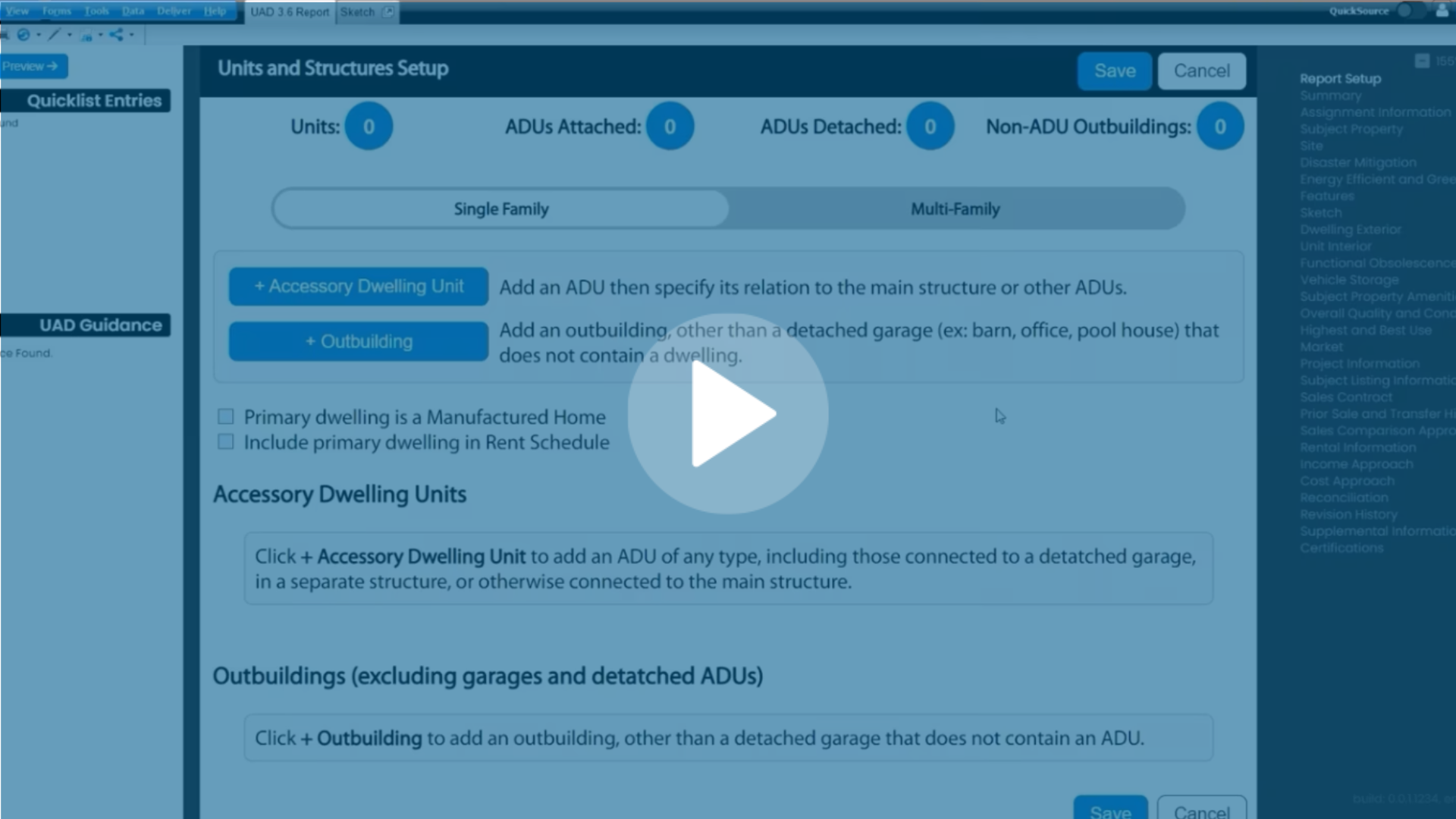
.png)


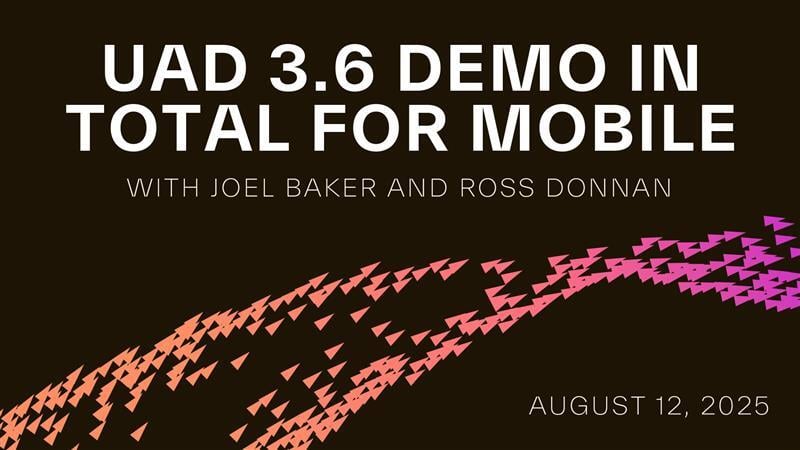

.png)
-1.png)

.png)
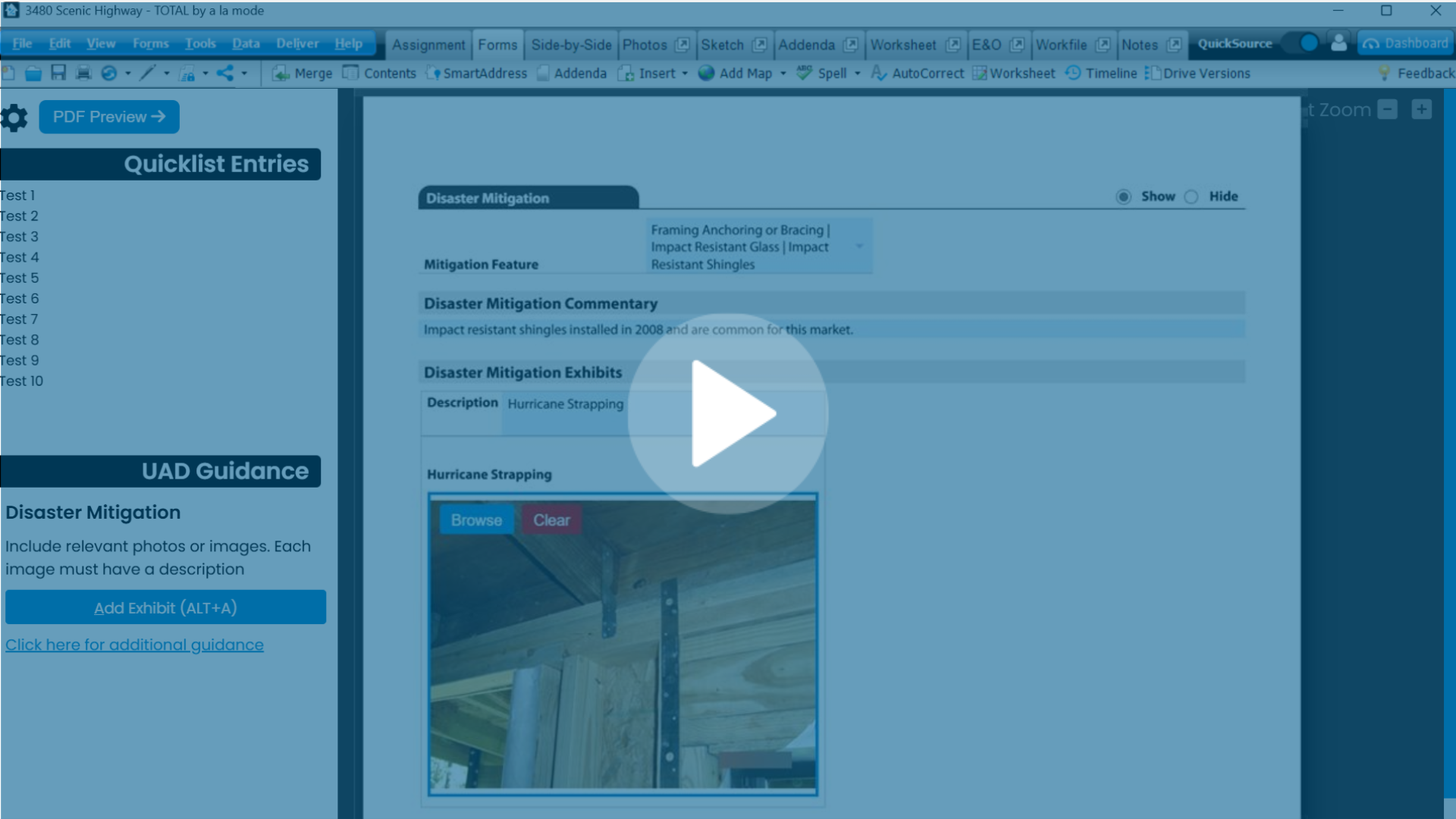
.png)


.png)
.png)
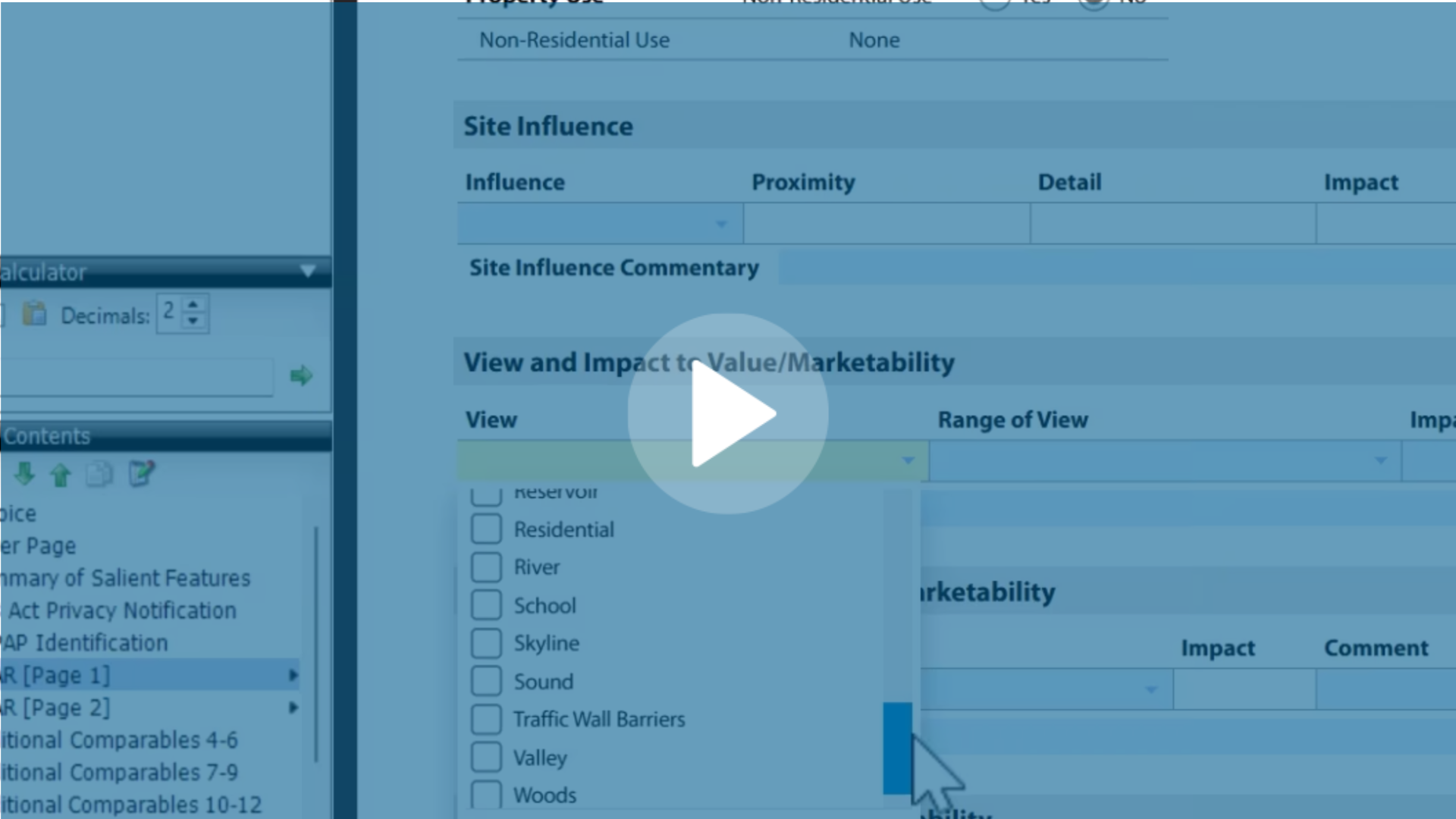
.jpg)
.png)

-1.png)
